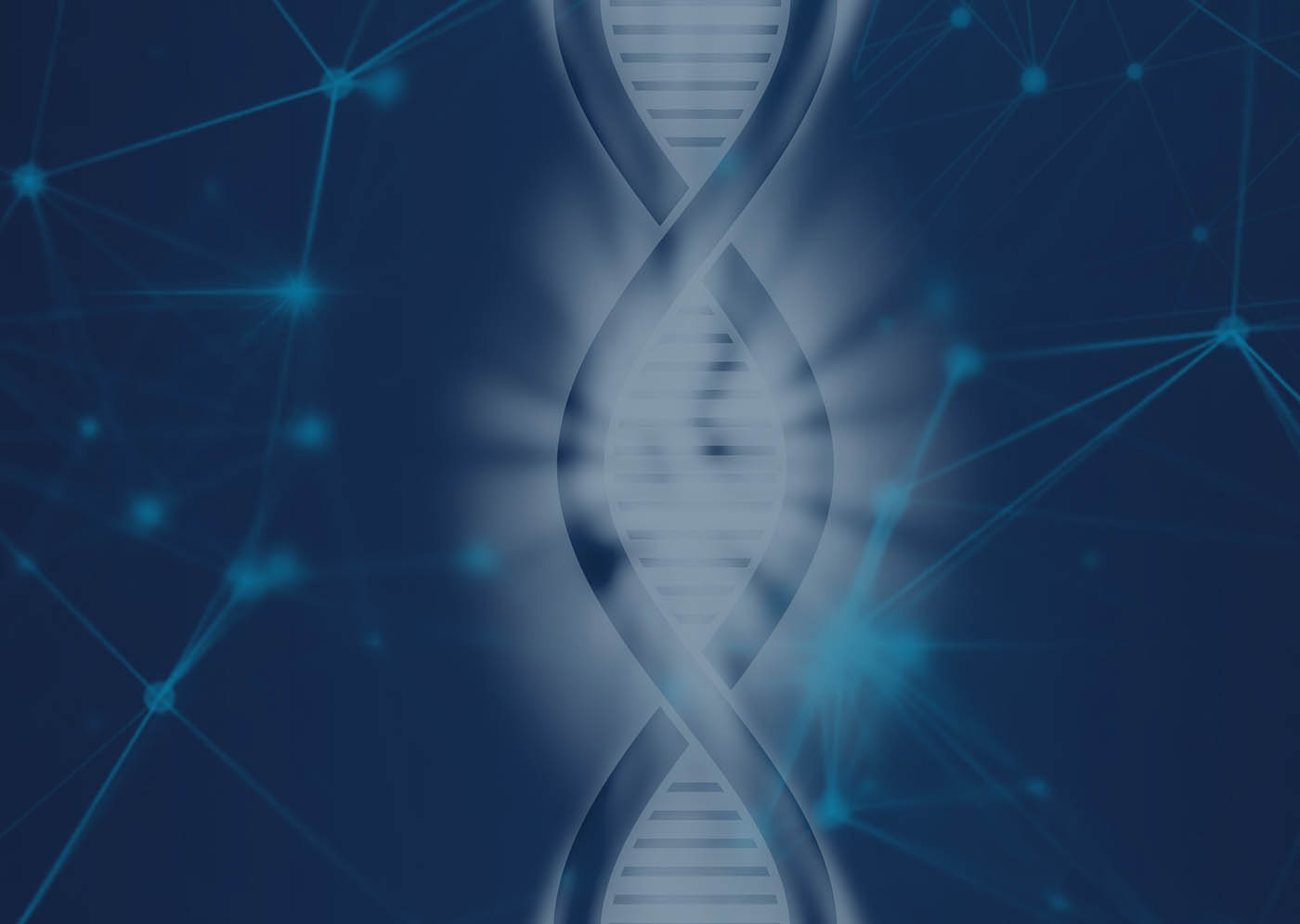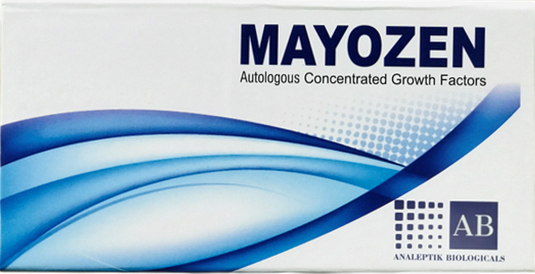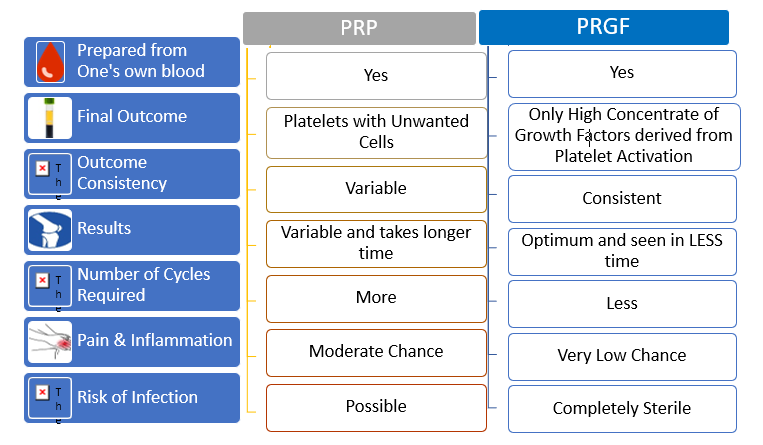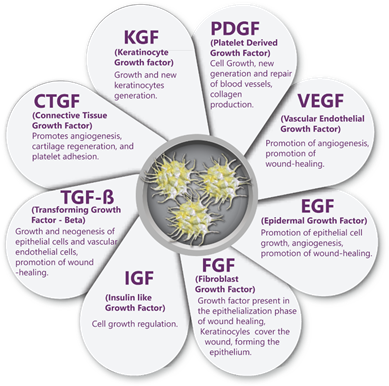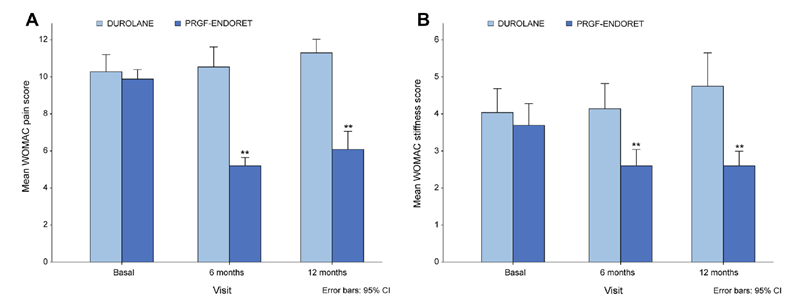Regenerative Medicine
Regenerative medicine is a field of medicine that focuses on the development of treatments that can replace, repair, or regenerate damaged tissues and organs in the body. Growth factors are one of the key tools used in regenerative medicine, as they are proteins that can stimulate the growth and differentiation of cells and tissues.
